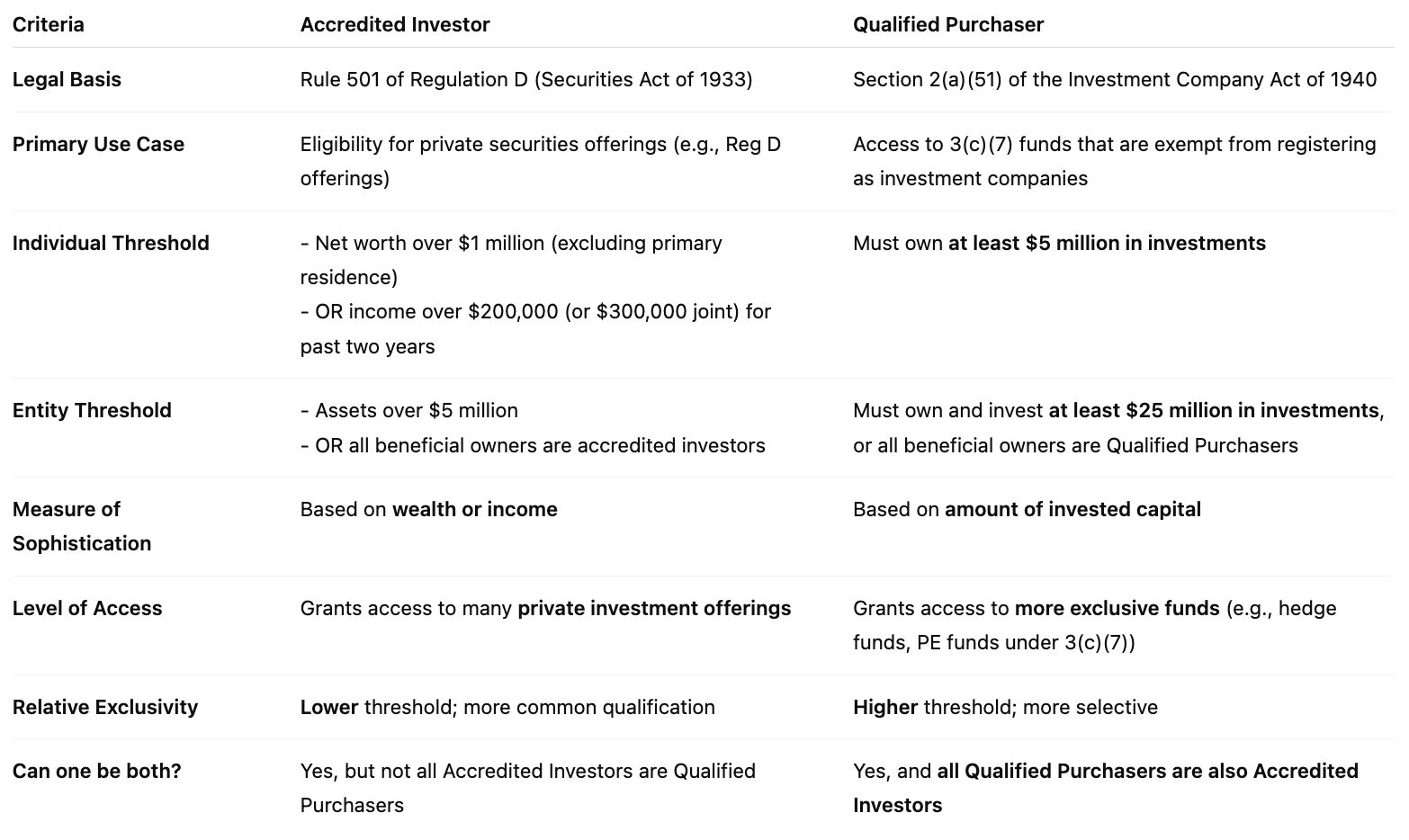Investing: More Hands On
Here, we will cover two major approaches to investing—passive and active investing. While passive investing is easier to manage, active investing will allow you to grow your wealth much more rapidly.
Portfolio allocation
Syndications
Real Estate
Buy, borrow, die
While not recommended for the novice investor, here we will discuss active stock and options trading.
Style 1
Style 2
Passive Investing
Investment Portfolio Allocation Examples
The premise of the proposed portfolio allocation is to reduce your risk as you get closer to retirement. This is an example and is not a one-size-fits all.
Boglehead’s three-fund portfolio — Composed of U.S. equities, international equities, and bonds. This portfolio allocation is ideal for those who prefer simplicity, low-maintenance, and lower risk.
Portfolio allocation example:
S&P 500 ETF ($VOO or $VTI), 50% of total portfolio
Total international stock market ($VXUS), 30% of total portfolio
Bonds ($BND), 20% of total portfolio
This is another low-maintenance and simple investing strategy. However, unlike the previous portfolio example, this portfolio is predominantly composed of U.S. equities. There is less allocation to international stocks and greater weight on the 100 largest non-financial companies (e.g. NASDAQ 100).
Below 30 years old
45% S&P 500 ETF
45% NASDAQ 100 ETF
10% bonds
30 to 50 years old
60% S&P 500 ETF
20% NASDAQ 100 ETF
20% bonds
Above 50 years old
50% S&P 500 ETF
25% NASDAQ 100 ETF
25% bonds
Some ETF’s to consider for each sector, as above:
S&P 500 ETF: $VOO, $VTI
NASDAQ 100 ETF: $QQQ
Syndications
Generally speaking, a syndication is a pooled investor fund that finances a larger project.
For example, a real estate project may need $10 million of total funding. This funding goal may be unobtainable from just one person alone—so instead, the project managers may ask 200 investors to each contribute $50k in order to finance the project.
Who are the people involved in a syndication?
General Partners (“GP”)
• GPs are actively involved in the project’s assets and management, are responsible for daily operations, and assume full liability.
Limited Partners (“LP”)
• LPs are passive investors who help partially fund the project. Limited partners are not involved in the project involvement, have no responsibilities, and assume zero liability. If you choose to passively invest in a project, you would be a limited partner.
Pros:
Cons:
May provide you with another stream of passive income
Note: With good real estate syndication investments, you can anticipate to earn ~ 8% of your initial investment allocation per year for the first 5 years. At the 5th year, the investment is typically sold off to another company (ideally for a gain), and the profits are distributed among the original investors and general partners.
Adds diversity to your investment portfolio
Can potentially lose your entire initial investment.
You cannot deduct your passive syndication investment allocation from your active income (e.g. W2 income).
For the most part, you must be an accredited investor or qualified purchaser to invest in syndications.
Non-accredited investors can participate in smaller 506(b) syndication investments (please research the difference between 506(b) and 506(c).





